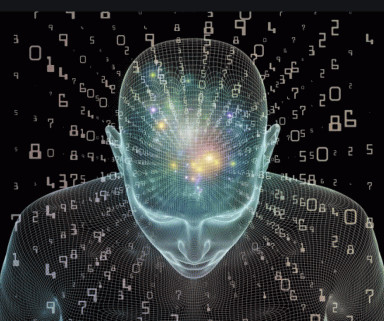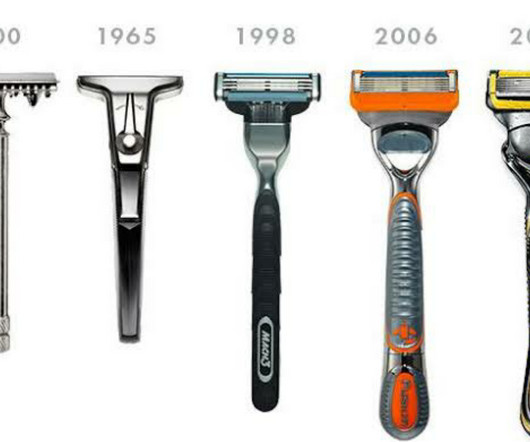Has innovation changed over the last ten years?
Paul Hobcraft
SEPTEMBER 25, 2023
From linear to systemic : Innovation used to be seen as a linear process where ideas were generated, tested, and implemented in a sequential manner. Today, innovation is recognized as a systemic phenomenon, where multiple actors interact and collaborate across different domains and levels 1.





































Let's personalize your content